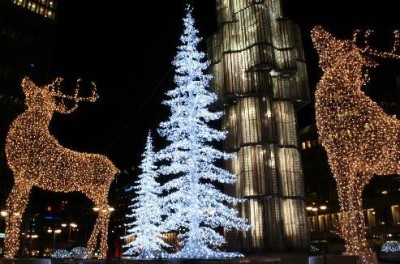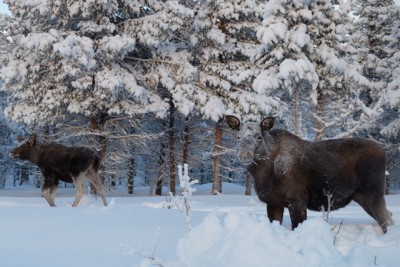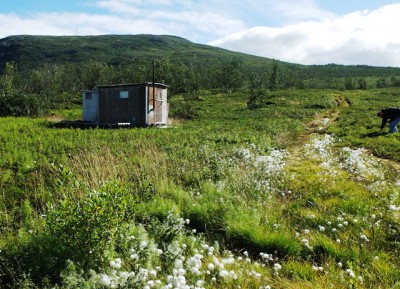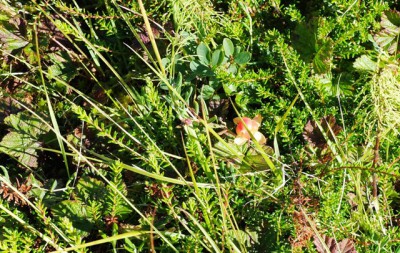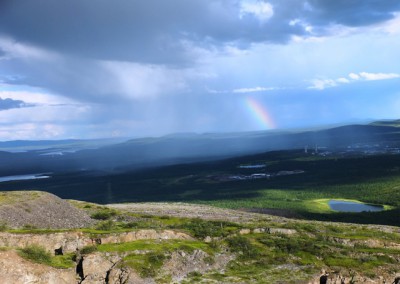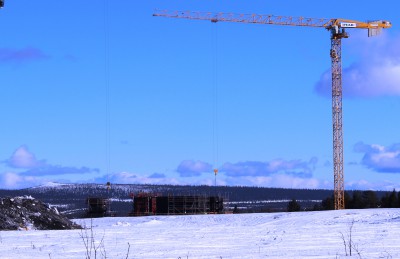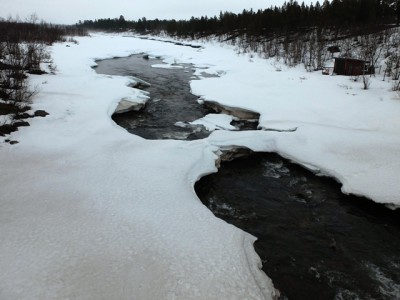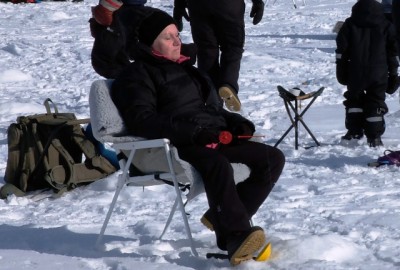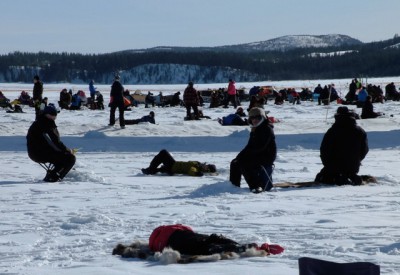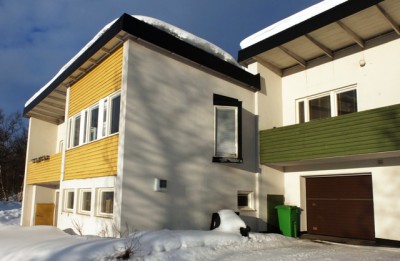When I read or hear about ‘arctic adventure’ tours on offer here, a slightly disturbing image comes to mind. I don’t want to think about it, I try not to, but I just can’t help myself.
It’s a giant pink plastic tea cup, rotating on a giant plastic saucer, and people are sitting inside, spinning round and round for the ride.
Or, maybe it’s a seaside train ride, pulled along the seafront, stopping on the way so passengers can buy Mr Whippy ice creams before climbing back on board for the ride.
You think I’m just making fun. The tours, after all, offer activities that are traditional here – you don’t want anything made-up. You wouldn’t be on a tour at all if you had the choice, but you’re only here for a few days and so if the tour comes with a bit of ‘call of the wild’ fluff that’s ok with you. At least it’ll get you out there, mushing those husky dogs, and that’s the real thing isn’t it?
Actually no, not here. The traditional way of pulling people and things has been by reindeer, or later by horse, but never by dogs. Some dogs were kept to help the reindeer herders, or as hunting dogs, but they weren’t sled dogs. This image you have, of charging through the snowy landscape behind a team of dogs, that’s Canada or Alaska you’re thinking of.
Oh well – Canada, Sweden, what’s the difference.
Despite this, there are loads of companies offering this experience and many of them have hundreds of dogs. If you go on a sled dog tour – at least if it’s a day tour – you’ll get to see the dogs running and have the experience of being pulled behind them on the snow, and it will be an experience. It’s great to get to see how the dogs behave, and learn their way of working as a team. It’s a pleasure that when it all gets going, the dogs are silent. You’ll see a bit of the landscape and it will be beautiful. But still, it will be a bit like those miniature train rides – I’ll explain why.
For a start, you’ll be taken on a trail specially prepared by a snow scooter because otherwise the dogs couldn’t run on it. They’ve been bred for racing and speed, not to run in deep snow. If snow has only recently fallen you may even have the snow scooter driving ahead of you making the trail. The noise and petrol fumes might not be part of the picture you had in mind.
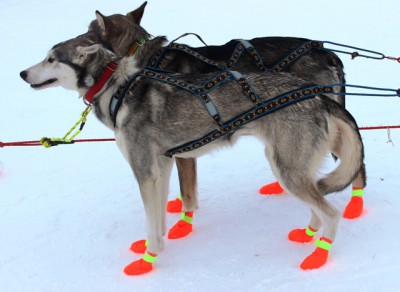
The trail will be a circular route through the forest, the loops and return routes concealed to give you the impression you’re travelling somewhere.
Because they’ve done it hundreds of times before, the dogs could actually run round it with their eyes shut, and most certainly they don’t need your instructions. Except to stop – you’ll have to learn to put the brake on when the sled dog party in front of you has leaned in the wrong direction and fallen off the trail. It may be like a train ride, but at least you can use your own brake.
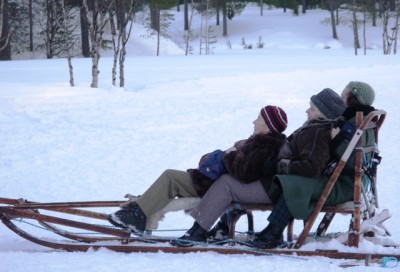
Somewhere along the route you’ll stop for the traditional reindeer sandwich in a specially constructed ‘tepee’, and your tour guide will regale you with tales of life in the far north. Your guide will point out, in case you hadn’t noticed, that you’re out in the wilderness and don’t know where you are. You’ll be impressed. Then he (it probably will be a he, though not always) will share with you all his knowledge. Or at least, the knowledge he thinks you want to hear. About his life out here in the wilderness, cooking over an open fire in his tepee, devoting his life to the dogs.
It will be a ‘Bear Grylls’ moment. You’ll be impressed again. You’ll choose not to remember that this is a commercial activity, and he’s doing it, like any other business, for the money. You’ll choose not ask personal questions about where he really lives, or what his lifestyle is from day to day. You’ll just enjoy the moment in the ‘tepee’, the smell of grilling meat, the sparkle of the snow outside.
More likely your tour guide won’t be from the area at all. He’ll be from France or Germany or England and will have moved here a couple of years ago, or maybe a few months ago, and he’ll be making his living here, probably just for the winter season, as a tour guide. He won’t know the area very well at all – he may even get lost on the way – but he’ll still have a tale or two to tell you once you’re there.
He might tell you about the ‘snow snake’, if he thinks you’re taking too long taking photos and wants you to hurry up. You won’t have a clue where you are so you’ll feel you have to trust him. He’ll seem a real wild man, not exactly living out there in his tent in the forest, but, well, almost.
You’ll come home pleased with your day, saying you’ve been dashing through the forest – you don’t know where – having learnt how to ‘mush’ your sled dogs and drive them in the wilderness.
Thinking about it, the whole experience will be very faintly familiar, and deeply nostalgic. An adventure in the woods, with a keen and controlling leader. And then tales around the camp fire.
Scouting for boys anyone?
